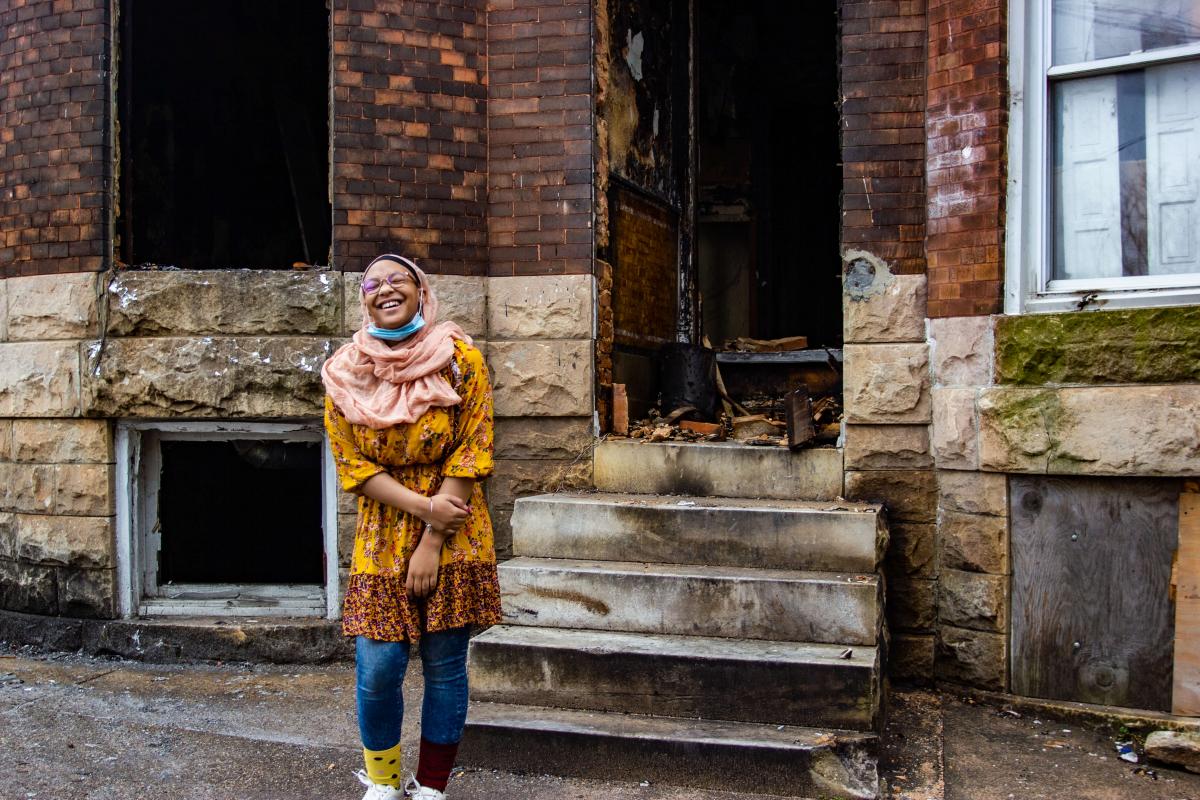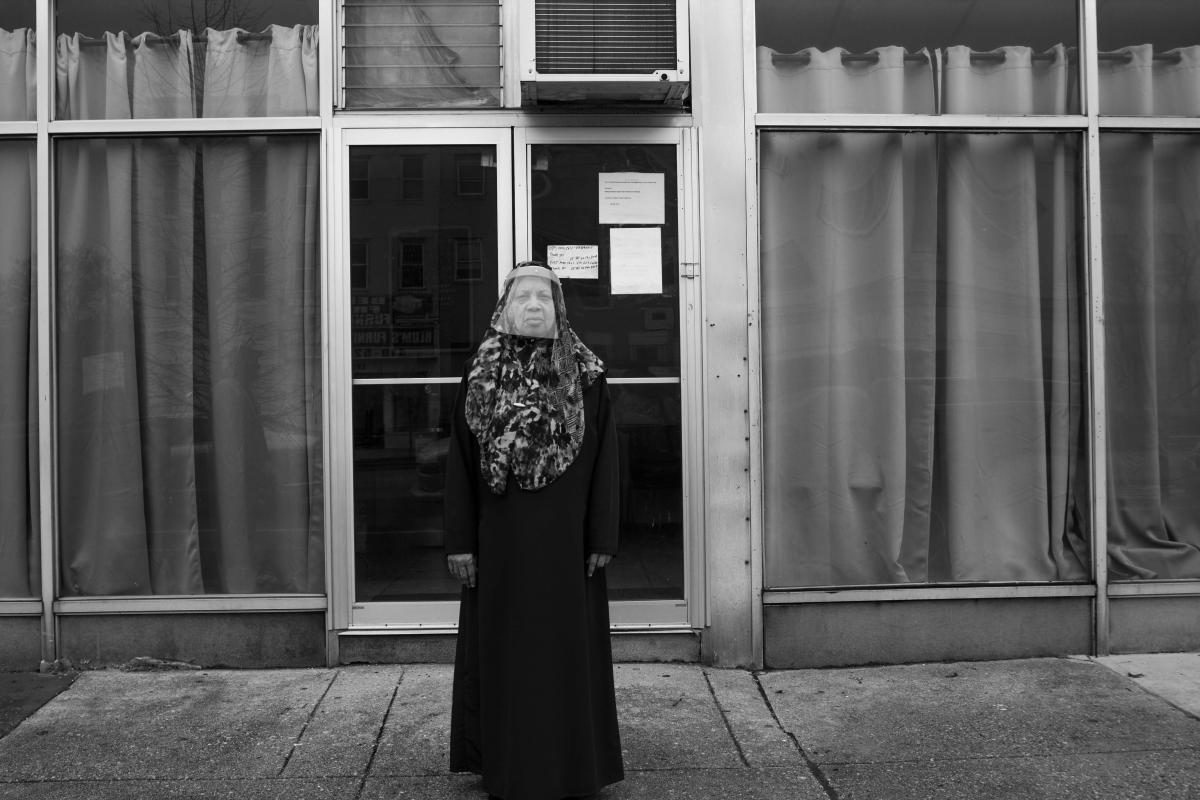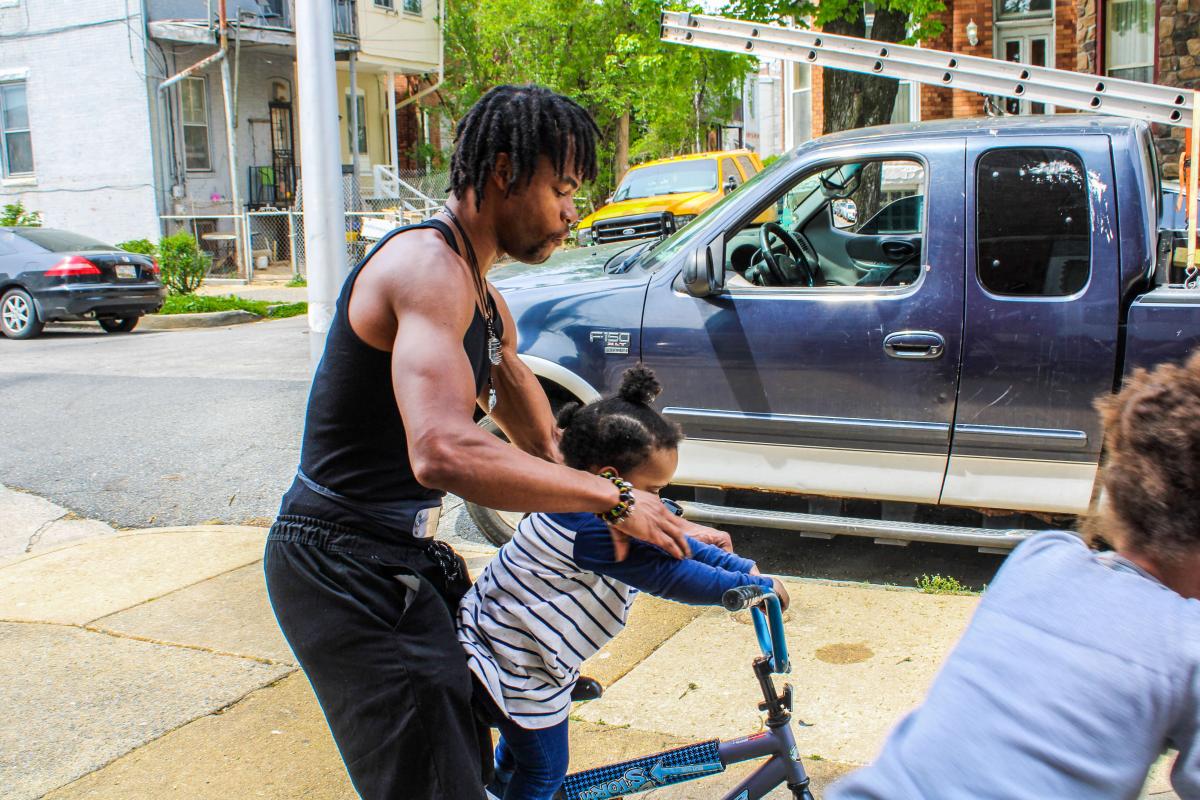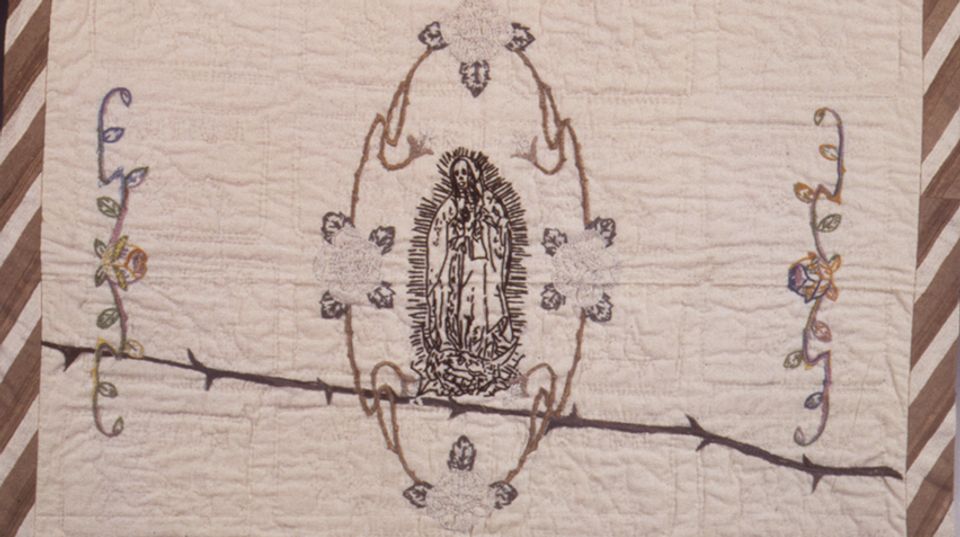SAAM educator Elizabeth Dale-Deines speaks to Karim R. Amin, veteran educator and executive director of the Voices of 21217, a community-based youth program in Baltimore City, about the process of creating a community collaboration and its impact.
What did your students do, say, or share that you are you most proud of?
Karim: Students were proud to feel that their voices were heard through their photos and oral history interviews. [For example, one student was] able to show a softer, relaxed, more intimate side of their grandfather. He is a very strong man—a religious, stern, “old-school” man. But to capture his relaxed side she was able to show the "human" side of him. The student was able to capture moments in his life that she knows and share them with the world.
Students were excited to have their photos included in the curriculum. The shock and surprise on their faces when they found out that their photos would be used in a curriculum was amazing. As a former student to go back and offer my students—who sit in the same room the classes and experiences that I wish I had—was cathartic. To give back to an institution and neighborhood that have given me so much was a blessing.
To humanize and be a voice for those that felt forgotten through the lens of a camera has changed me.
What learning moments were most valuable to you? To your students?
The learning moments for the students that mattered most was that they learned a new transferable skill. I appreciate being able to take the students to their immediate surroundings and for them to capture that beauty that students see every day. When we were on one of our walks capturing photos, it was as if the students were being reintroduced to their own neighborhood. They noticed the beauty in their neighborhoods, from murals that had been painted on boarded-up walls to the designs created by peeling paint. The students also learned that every day they were walking through history that lies within this neighborhood.
We explored the sites of the former home of legendary singer Cab Calloway and the neighborhood where Billie Holiday first learned to sing. When we captured the photos of a man and woman on their steps, they thanked the students for taking a picture of them. They believed that the photos showed that they were not forgotten amongst the rows of abandoned houses. They wanted to remind everyone that they still existed and that they love their community with dignity. It was valuable to learn camera and photography skills from Baltimore artist such as Shae McCoy and Naim Freeman. Students were able to connect their lives to history through these thoughtful lessons.
Might this experience be useful for students elsewhere in the country? If so, in what ways?
This experience would be very important for students everywhere around the country. If we learned more about student stories through their eyes, we can help to preserve and center their experiences. I believe that it is especially important for students to share these stories during this transformative time in our country. Youth are being faced with historic issues: pandemic, social unrest, and political change that should be preserved. By providing an opportunity to learn how to use a camera, a tool that the youth use every day on their phone, they have a learning experience that they will carry with them throughout their lives.
What would you like others to know about Voices of 21217, Baltimore, and your students?
I would like for others to learn that Voices of 21217 is just getting started with how to use arts to impact change. We will be measuring the impact of our programming on the students and neighborhood that we serve. Since our collaborations have begun, we have been requested to share our story in a book being published on conflict management and arts. We also received a request to provide training in conflict management with the Baltimore City Police Department. We are planning on establishing a museum/arts space in West Baltimore that will house the oral histories captured by the youth and community members.
You have said before that you believe that charitable nonprofits lacked an understanding of "the nuances of urban communities.” Can you explain what you mean?
I was frustrated with large systems that were not providing practical skills to youth. The nuances I was referring to was a system that wasn't modern and wasn't providing skills like photography that can be used daily in a modern economy that includes social media video and photography. The Voices of 21217 provides youth with skills that they can use in their adult lives to create entrepreneurship opportunities and transferable skills that make them more attractive time to employers.
The youth that we are working with also have nuanced needs like transportation, so we brought the professional program to local schools, neighborhoods, recreation centers. We understand the value in the youth photographing themselves and their neighborhood, which provides them the opportunity to show the beauty of their community that is often only shown in traditional media sources like local and national news. Through the youth photography oral history program, youth are given the opportunity to preserve their stories and resist gentrification by documenting their stories and centering their voice through photography.
Using a pilot lesson plan written by Dale-Deines, students participated in activities based on photographs in SAAM’s exhibition Welcome Home: A Portrait of East Baltimore, 1975–1980. They gave feedback on their experience, which assisted SAAM’s educators in creating a new curriculum, Recording a Changing Nation, that is now available to teachers nationwide.




















